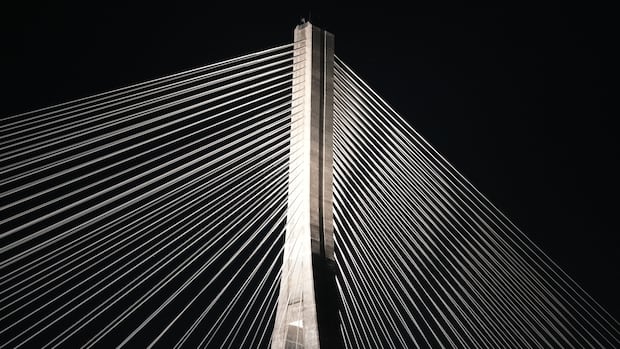Indigenous leader hails installation of cell towers along Highway of Tears
An Indigenous leader in northern B.C. is commending the recent installation of new cell towers along the infamous Highway 16, also known as the Highway of Tears. This 720-kilometre stretch of highway, running from Prince George to Prince Rupert, has a dark history, with over 40 women and girls, mostly Indigenous, either murdered or missing along its route.
Back in 2006, a symposium organized by the families of the victims and advocacy groups resulted in a report outlining 33 recommendations. One of these recommendations was to improve cellphone coverage along the highway to eliminate dead spots and make it safer for vulnerable women. Now, Rogers Communications has announced that nine out of the planned 11 cell towers are operational, with the remaining two expected to be up soon. This new wireless coverage will provide continuous connectivity along the entire stretch of the highway.
Mary Teegee, the executive director of Carrier Sekani Family Services, lauded the installation of the cell towers, emphasizing the importance of this development for the safety of Indigenous people in the region. Teegee highlighted that the push for increased cellular coverage stemmed from the families of the victims, who stressed the need for better communication to aid in emergency situations.
Teegee expressed her hopes for more of the recommendations from the 2006 report to be implemented, particularly regarding the improvement of intercity public transit in northern B.C. She emphasized that access to communication is a fundamental human right and called for a more comprehensive approach to transportation and communication infrastructure in the region.
The activist sees the installation of the cell towers as a step towards reconciliation in action. This initiative was made possible through $4.5 million in provincial and federal funding, with the total project cost estimated at $11.6 million. Rogers Communications has stated that the new towers will not only provide 911 access for all travellers but also offer 5G wireless coverage to its customers. This expanded wireless network is set to ensure seamless connectivity along the entire length of the Highway of Tears, from Prince George to Prince Rupert.



